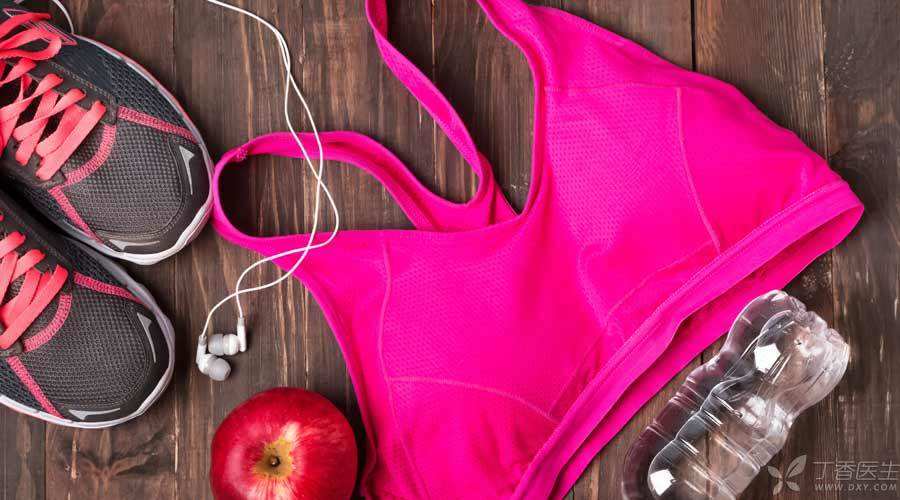
Nowadays, more and more people choose to go to the gym for exercise. For the first time, it is inevitable to take the [physical test] first-after getting the [physical test] results, do you feel confused about all kinds of data and indicators? What is the what relationship between these indicators and body shape and health? Is a few minutes of physical examination really accurate?
Next, Dr. Clove will interpret it one by one for you.
[Physical Analysis] Look at what?
In fact, for ordinary people, excluding height and weight, a human body composition analysis table, the more important indicators are as follows:
1. BMI (Body Mass Index)
BMI = weight (kg) divided by the square of height (m). It roughly reflects a person’s [fat and thin] degree.
According to Chinese standards, BMI between 18 and 24 is normal for non-professional athletes. If it is less than 18, it is emaciation. If it is greater than 24, it is overweight.
2. Body fat rate
As the name implies, it is the proportion of fat to the total weight.
Generally speaking, men are healthy in the range of 14 ~ 24% and women in the range of 21 ~ 31%. Many indicators in [physical analysis], such as [muscle weight], [fat-free body weight], [inorganic salt content], [total water content], etc., actually reflect the level of body fat rate from the side, and it is of little significance to interpret them one by one.
3. Muscle Content
The higher the muscle content, the stronger the metabolism of the human body, and the stronger the exercise ability.
4. Waist-to-hip ratio
Waist-hip ratio is the ratio of waist circumference to hip circumference, which reflects the accumulation degree of fat in the abdomen and has a great correlation with visceral fat.
If you are very light and have a high waist-to-hip ratio, you need to be on guard-the accumulation of abdominal fat is more likely to cause cardiovascular diseases. A healthy waist-to-hip ratio needs to be less than 0.9 for men and less than 0.8 for women.
5. Basal metabolism
In units of kilocalories (large calories), it refers to the daily calories consumed by people in a sober and extremely quiet state (not eating, not drinking, not moving, not thinking), which is equivalent to the minimum calories needed to maintain life.
If you are losing weight, this is a very important indicator. It can help you calculate the daily calories you need. Generally speaking, the heavier the weight, the more vigorous the metabolism, the higher the muscle content, and the higher the basic metabolic value.
Taken together, these data can roughly see a person’s physical quality. For example:
- Ms. A, BMI is normally low, but body fat rate and waist-hip ratio are very high. She is probably a [thin and fat man] and lacks exercise habits. Man B, although BMI is relatively high, his body fat rate is low and his basic metabolism is high. He should have relatively high muscle mass and do a lot of exercise at ordinary times.

Is the gym measurement accurate?
Unfortunately, except for height, weight, circumference of various parts (such as waist circumference and hip circumference)… these intuitively measurable data, gym machines, the measurement results are not necessarily accurate.
Take the body fat rate that most people are most concerned about as an example. At present, the only way to accurately measure is to use [dual-energy X-ray absorption method], which needs to be carried out in a professional hospital and is expensive.
However, the [body composition analyzer] used in most gymnasiums uses the biological resistance measurement method, which is exactly the same as the [body fat meter] you bought for tens of dollars on Taobao in principle. The accuracy of the measurement results will not be too high-if you don’t believe it, you will drink a glass of water, or go to the toilet, and come back to measure again, and the [body fat rate] will change immediately.
Another example is the basal metabolic rate. If you want to measure it accurately, you need to use [indirect calorimetry], which also needs to be carried out in a professional hospital. In addition, when measuring, you have requirements for the heart rate and mental state of the tested person.
So, how does the gym machine [measure]? In fact, if you Google [Basal Metabolic Rate Calculator] and put height and weight (some formulas add lean weight or body fat rate values) into the formulas, you will get the same result. These formulas only give an estimate for reference.
Of course, some high-end gymnasiums will bring masks to customers and measure breathing, and the results will be much more accurate.
Is inaccurate data still meaningful?
Of course there is!
Although the accuracy of gym instruments is not high, the comparison of data at different stages can still well reflect the results of this stage of exercise. Most people exercise in order to maintain a healthy lifestyle and improve their physical appearance. Under this premise, if they obsess with the data on the table too much, they will put the cart before the horse.
However, in order to make the data as accurate as possible, here are some things you need to do:
- Try to measure in the same place and with the same machine. Before measurement, do not take strenuous sports or drink strong tea and coffee. Do not eat or smoke for 4 hours before measurement. If you are taking any prescription drugs, do not suspend taking them because of physical tests. Before starting the measurement, sit quietly for 15 ~ 20 minutes.
In fact, you have more reliable and convenient measurement methods than gym instruments-tape measure and mirror: use tape measure to record the dimensions of various parts of the body, and use mirror to observe your body shape and line changes.
I believe that when walking on the street, no one will hold up the sign: [my body fat xx%]. The visual effect is the most intuitive, isn’t it?
